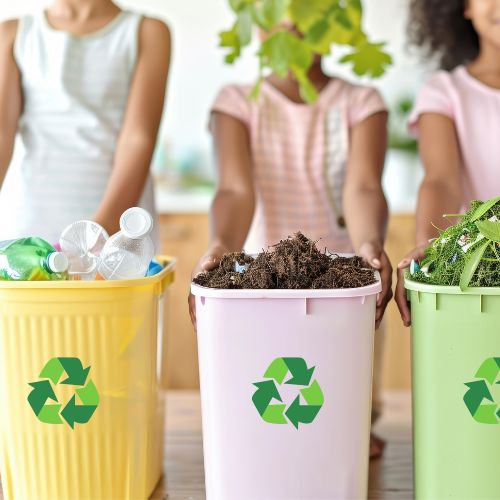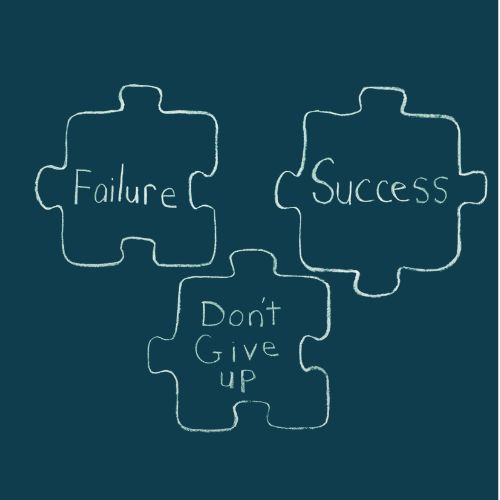
10 Things You Need to Know About Organic and Inorganic Waste Recycling
As concerns about waste management and environmental sustainability grow, recycling has become an essential practice for reducing landfill waste and conserving natural resources. Understanding the differences between organic and inorganic waste and how to recycle them effectively is crucial for creating a greener future. Here are ten important things you need to know about organic and inorganic waste recycling.
1. What Is Organic Waste?
Organic waste, also known as biodegradable waste, consists of materials that come from living organisms. This includes:
- Food Scraps: Fruits, vegetables, meat, dairy, and grains.
- Yard Waste: Leaves, grass clippings, branches, and plant trimmings.
- Paper Products: Uncoated paper, cardboard, and certain types of packaging.
2. What Is Inorganic Waste?
Inorganic waste includes non-biodegradable materials that do not decompose naturally. Common examples are:
- Plastics: Bottles, containers, and packaging materials.
- Metals: Cans, foil, and scrap metal.
- Glass: Bottles, jars, and broken glass items.
3. The Importance of Recycling
Recycling plays a vital role in waste management and environmental protection by:
- Conserving Resources: Recycling reduces the need for new raw materials, conserving natural resources and energy.
- Reducing Landfill Waste: Recycling organic and inorganic materials decreases the volume of waste sent to landfills, minimizing environmental pollution.
- Lowering Greenhouse Gas Emissions: Recycling helps reduce greenhouse gas emissions associated with the production and disposal of waste.
4. How to Recycle Organic Waste
Recycling organic waste can be done through various methods, including:
- Composting: Creating a compost pile or using a compost bin to decompose organic materials naturally. This process transforms waste into nutrient-rich soil, ideal for gardening.
- Anaerobic Digestion: A process that breaks down organic matter in the absence of oxygen, producing biogas that can be used for energy and organic fertilizer.
5. How to Recycle Inorganic Waste
Inorganic waste recycling typically involves:
- Curbside Recycling Programs: Many municipalities offer curbside pickup for recyclable materials. Make sure to follow local guidelines regarding what can and cannot be recycled.
- Drop-off Centers: In addition to curbside programs, many communities have recycling drop-off centers for materials such as plastics, metals, and glass.
6. Contamination Matters
Contamination occurs when non-recyclable items are mixed with recyclable materials, leading to increased processing costs and reduced recycling efficiency.
- Clean and Dry: Always ensure that recyclable items are clean and dry before placing them in recycling bins. Rinse out containers to avoid contamination from food residues.
- Know What to Recycle: Familiarize yourself with your local recycling guidelines to ensure that you are recycling correctly and minimizing contamination.
7. The Role of Education
Education and awareness are crucial for successful recycling efforts.
- Community Programs: Many communities offer workshops and information sessions to educate residents about proper recycling practices and the importance of waste management.
- School Initiatives: Implementing recycling programs in schools can instill sustainable habits in students from an early age.
8. The Economic Impact of Recycling
Recycling not only benefits the environment but also contributes to the economy.
- Job Creation: The recycling industry creates jobs in collection, processing, and manufacturing, supporting local economies and providing employment opportunities.
- Cost Savings: Recycling can reduce waste management costs for municipalities and save money for consumers through reduced disposal fees.
9. Innovations in Recycling Technology
Advancements in recycling technology are improving the efficiency and effectiveness of waste management.
- Sorting Technologies: Innovative sorting technologies, such as artificial intelligence and robotics, are enhancing the accuracy of material separation, reducing contamination, and increasing recycling rates.
- Chemical Recycling: This emerging technology allows for the recycling of materials that were previously deemed non-recyclable, such as certain plastics.
10. Your Role in Recycling
Everyone has a part to play in promoting effective recycling practices.
- Get Involved: Participate in local recycling programs, community clean-up events, or advocacy efforts to raise awareness about recycling and waste management.
- Make Sustainable Choices: Choose products with minimal packaging, support companies committed to sustainable practices, and advocate for improved recycling policies in your community.






